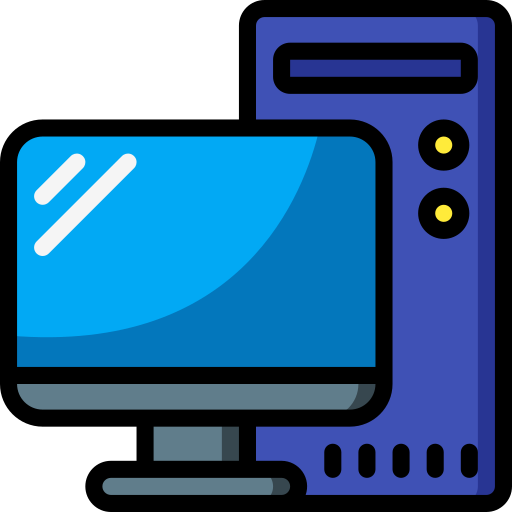Mooching off this other post
Primary question: What do people do for their reverse proxies (and associated ACME clients)? Do you have a single unified one? Or do you use separate proxies for each stack? Or some mess in between?
My use case question: For example, I have a (mess that is a) Nextcloud instance with a separate stack with nginx and ACME, a SearXng that wants to run caddy (but has shoved into the nginx).
But now I have a Lemmy docker that has a custom(?) nginx instance, should I just port it to my existing nginx or run them side by side?



I use a single unified traefik to front all of my services, no matter how they ship. Despite the slight overhead, it’s closer to a truly idempotent architecture. I’ve unfortunately had to test that twice now in my selfhosting career.
Traefik is very solid and I’ve had very few issues with it I didn’t self inflict. Documentation is very thorough.
I also run Traefik and it never stutters. But getting it set up at ALL was a chore. I tried four times and failed. Each time I spent several days full time on it. It’s not that I skipped the docs, I actually am a RTFM kinda guy. But too much was implied in the docs and I never really felt like I knew why I was doing stuff. At least for me it was harder to set up than Nextcloud, Jellyfin, Gitea, Resilio and Vaultwarden COMBINED.
Some settings only work in a static config file, others in a “dynamic” config file and then there is container-specific labels too. It all needs to fit in with each other and error mesages were of course hidden away in docker logs. You can attach labels to containers with and without escaping them, and choosing wrong sends you down several rabbit holes at once. The config structure is probably intuitive to Go devs, but that really ain’t me. Oh, there’s also 3 different but equal formats for conf files too.
I read countless guides and it finally worked on attempt 5. All just because I liked the autoconf for all containers. I could have been done with reverse proxies within a day had I just chosen a different one.
Now I am even debating wether I should keep it at all, because I’d rather not mount the docker sock into my reverse proxy, the one software that ultimately connects to the web directly.